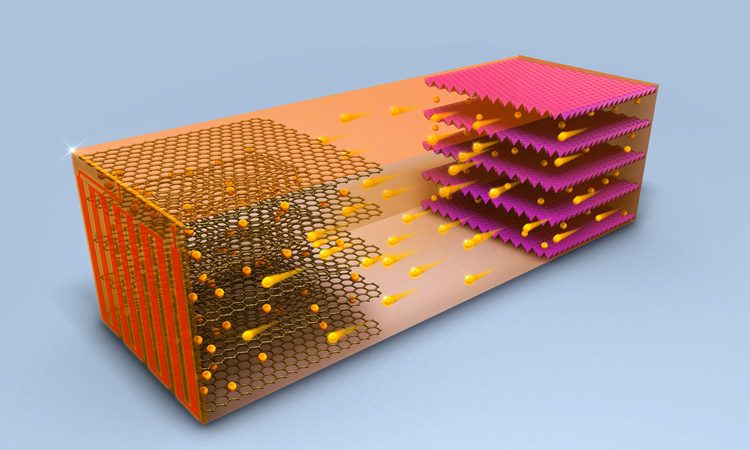Researchers develop EV battery that charges in just 10 minutes
- Like
- Digg
- Del
- Tumblr
- VKontakte
- Buffer
- Love This
- Odnoklassniki
- Meneame
- Blogger
- Amazon
- Yahoo Mail
- Gmail
- AOL
- Newsvine
- HackerNews
- Evernote
- MySpace
- Mail.ru
- Viadeo
- Line
- Comments
- Yummly
- SMS
- Viber
- Telegram
- Subscribe
- Skype
- Facebook Messenger
- Kakao
- LiveJournal
- Yammer
- Edgar
- Fintel
- Mix
- Instapaper
- Copy Link
Posted: 31 October 2019 | Intelligent Transport
The researchers, from The Pennsylvania State University, have said that the 10-minute rapid charge is accomplished by using the cooling system designed into the car.


Credit: Chao-Yang Wang Lab, Penn State
Electric vehicle owners may soon be able to charge their vehicles in just 10 minutes, according to a team of engineers at The Pennsylvania State University, publishing in Joule.
“We demonstrated that we can charge an electrical vehicle in 10 minutes for a 200 to 300 mile range,” said Chao-Yang Wang, William E. Diefenderfer Chair of mechanical engineering, Professor of chemical engineering, Professor of materials science and engineering and Director of the Electrochemical Engine Center at Penn State. “We can do this maintaining 2,500 charging cycles, or the equivalent of half a million miles of travel.”
Lithium-ion batteries degrade when rapidly charged at ambient temperatures under 50°F because, rather than the lithium ions smoothly being inserted into the carbon anodes, the lithium deposits in spikes on the anode surface. This lithium plating reduces cell capacity, but also can cause electrical spikes and unsafe battery conditions.
Batteries heated above the lithium plating threshold, whether by external or internal heating, will not exhibit lithium plating.
The researchers had previously developed their battery to charge at 50°F in 15 minutes. Charging at higher temperatures would be more efficient, but long periods of high heat also degrade the batteries.
Wang and his team noted that if the batteries could heat up to 140°F for only 10 minutes and then rapidly cool to ambient temperatures, lithium spikes would not form and heat degradation of the battery would also not occur.
“Taking this battery to the extreme of 60°C (140°F) is forbidden in the battery arena,” said Wang. “It is too high and considered a danger to the materials and would shorten battery life drastically.”
The rapid cooling of the battery would be accomplished using the cooling system designed into the car, Wang explained. The large difference between 140 to about 75°F is also said to help increase the speed of cooling.
“The 10-minute trend is for the future and is essential for the adoption of electric vehicles, because it solves the range anxiety problem,” said Wang.
The self-heating battery uses a thin nickel foil with one end attached to the negative terminal and the other extending outside the cell to create a third terminal. A temperature sensor attached to a switch causes electrons to flow through the nickel foil to complete the circuit. This rapidly heats up the nickel foil through resistance heating and warms the inside of the battery.
Related topics
Alternative Power, Sustainable Urban Transport
Related modes
electric
Related organisations
The Pennsylvania State University
Related people
Chao-Yang Wang








